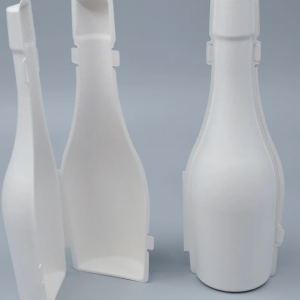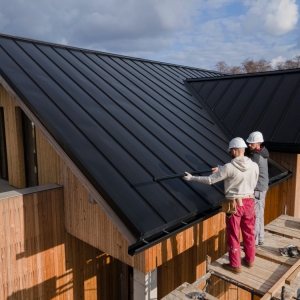Ultraviolet-visible (UV-Vis) spectrophotometry is a versatile analytical technique widely used in many fields. As a leading manufacturer and supplier of laboratory instruments, Drawellanalytical offers a comprehensive range of UV-Vis spectrophotometers to meet various analysis needs.
This article provides a brief introduction to the principle and components of UV-Vis spectroscopy. The main strengths and limitations of the technique are discussed. Drawellanalytical's product lines of single beam and double beam UV visible spectrophotometers are also featured. Finally, some key applications of UV-Vis spectroscopy in fields such as pharmaceuticals, biochemistry and materials characterization are highlighted.
UV-Vis spectroscopy works by measuring the amount of UV or visible light absorbed or transmitted by a sample. Photons in the UV-Vis range excite electrons in molecules to higher energy levels. The resulting absorption spectra are influenced by a sample's composition and concentration. Modern instruments utilize light sources such as xenon lamps and detectors like photodiodes to analyze absorption over a wide wavelength range.
Drawellanalytical offers versatile single beam spectrophotometers like the DU-8200 for applications requiring a basic model. Double beam spectrophotometers such as the DU-8800R and L7 series provide higher accuracy through a reference beam for subtracting ambient noise. Features such as microvolume capabilities enable analysis using minimal sample volumes down to microliters.
Key strengths of UV-Vis spectroscopy include its speed, ease-of-use, and accessibility due to low cost. Some limitations are stray light interference and difficulties quantifying multi-component samples. However, with Drawellanalytical's quality instruments, this technique remains very popular in diverse fields including nucleic acid quantification, process monitoring, and materials characterization.








